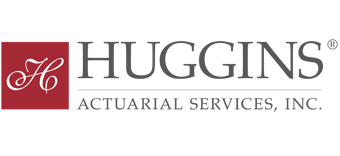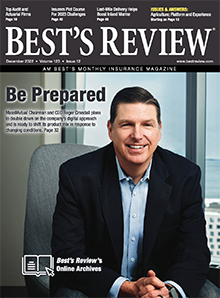The Benefits of Economic Capital Modeling
Economic Capital Modeling
What are the Benefits?
Written by: Grover Edie, MBA, FCAS, MAAA, CERA, CPCU, ARM, ARP
Would you like to see your company’s financial future? How successful will you be in one, two or even ten years? What if you could test a number of different actions in advance to determine what is the best course of action? Or test the financial impact of some potential events that “keep you up at night?” You can, with an Economic Capital Model (ECM).
An ECM is a powerful tool for modeling financial statements for planning and forecasting purposes. It is also used to test how alternate business strategies or scenarios might impact your firm’s finances especially capital strength. It’s output can answer questions like:
- What is the likelihood the policyholder surplus will drop below a stated value?
- What is the likelihood that underwriting income, or total income (i.e. underwriting income plus investment income), will be negative?
- What is the likelihood that capital, or the rate of return on capital, will meet or exceed targets?
An ECM can offer insight into such actions as:
- Retaining more risk by increasing retentions in your reinsurance program, or taking a more risk averse position by lowering retentions
- Adding an aggregate reinsurance limit
- Assess the impact of a rate change on policyholder retention
- Evaluate the impact on capitalization of a 10% rate level change
- Quantify the reduction in risk by diversifying into new lines of business or states
Economic Capital Modeling uses a probability-based scenario generator to estimate the future financial results of an insurance organization. Detailed information about an insurer’s operations is entered into a modeling package and the package produces a distribution of various financial reports of the insurer’s financial statements for prospective years. Alternate scenarios can be input to compare results to the current base case in order to provide management with information on choosing the best course of action going forward. Key risks modeled in an ECM include underwriting risk, reserve risk, liquidity risk, natural catastrophe risk, asset risk, reinsurance credit risk and operational risk.
An increasing number of insurers are using ECM’s for forecasting and to enable them to optimize their financial performance. Having the ability to “test drive” a decision in their company’s ECM before implementing gives them a better understanding of the expected results, as well as a range of possible outcomes.
Huggins Actuarial Services employs industry-leading professionals with extensive knowledge and experience in economic capital modeling. Unlike the black box alternatives, Huggins’ model delivers clearer and deeper insights so our clients can make business-critical decisions with confidence. We can provide over 180 customizable reports that can be tailored to the needs of each organization.
Questions or concerns regarding ECM? Contact a Huggins Actuary for assistance.






